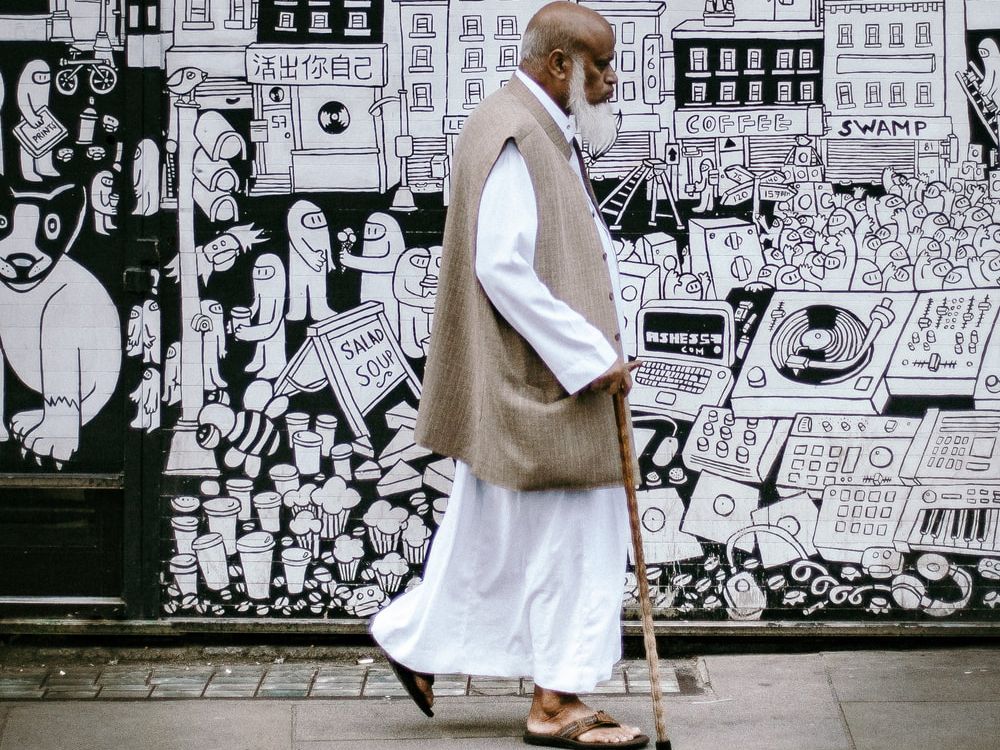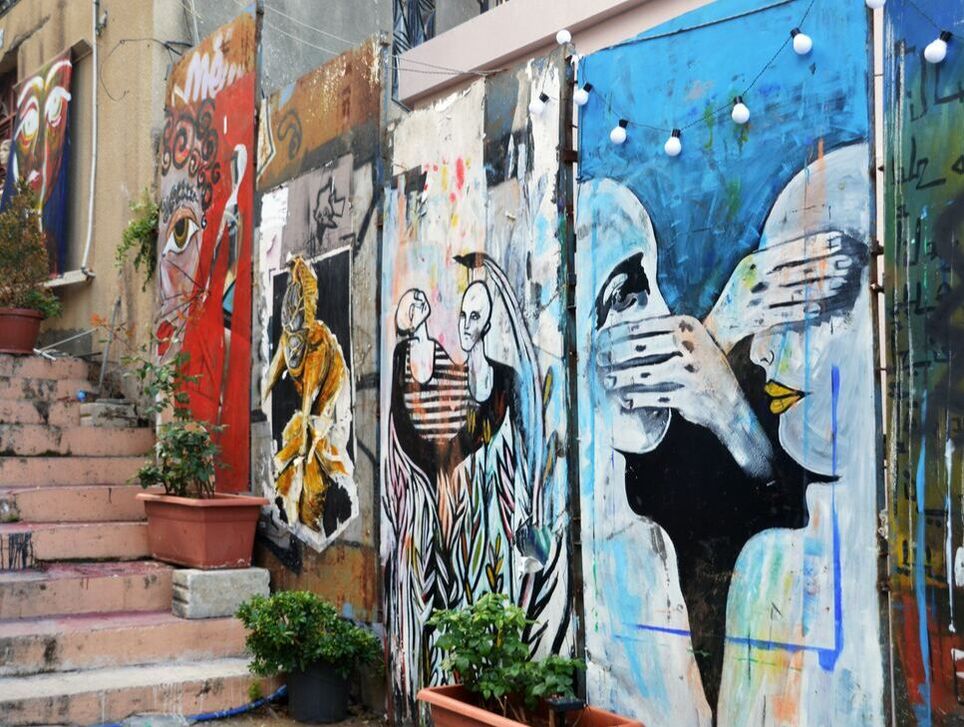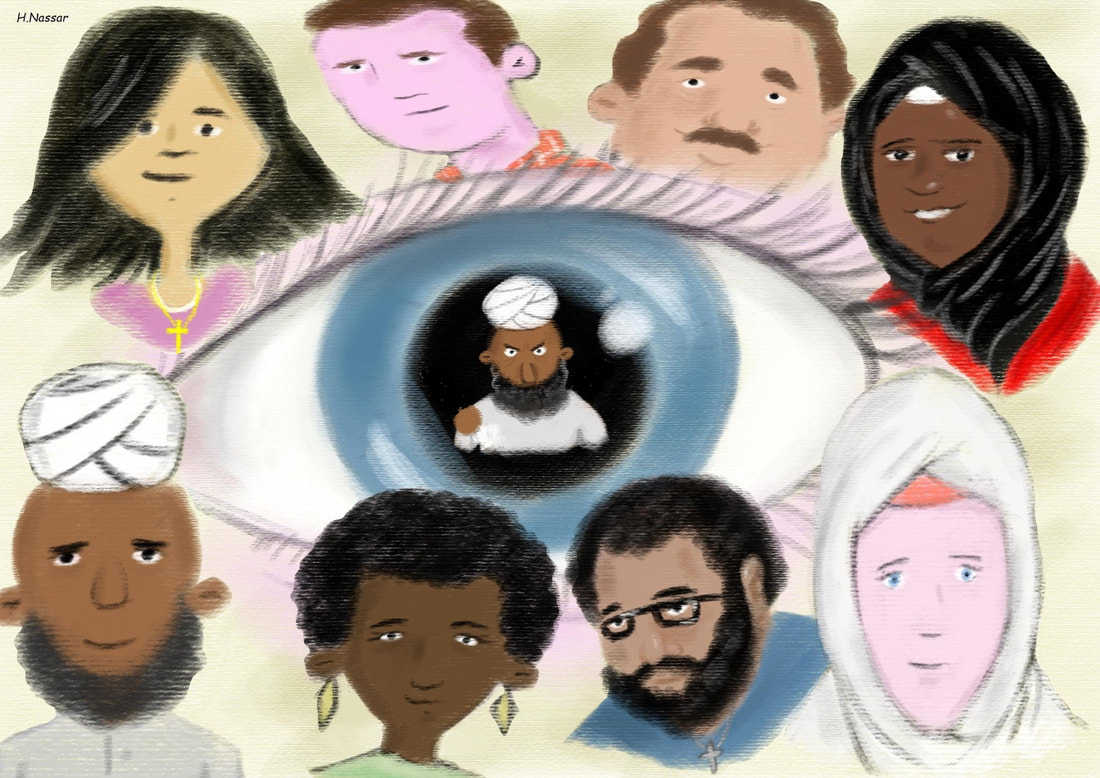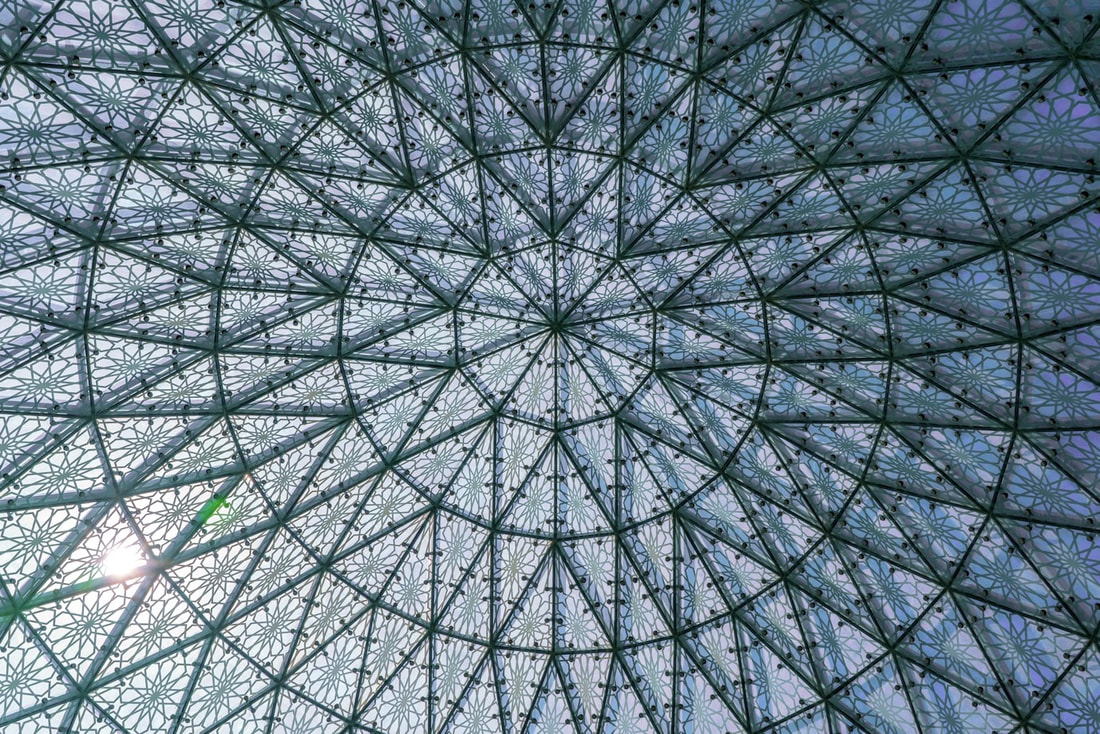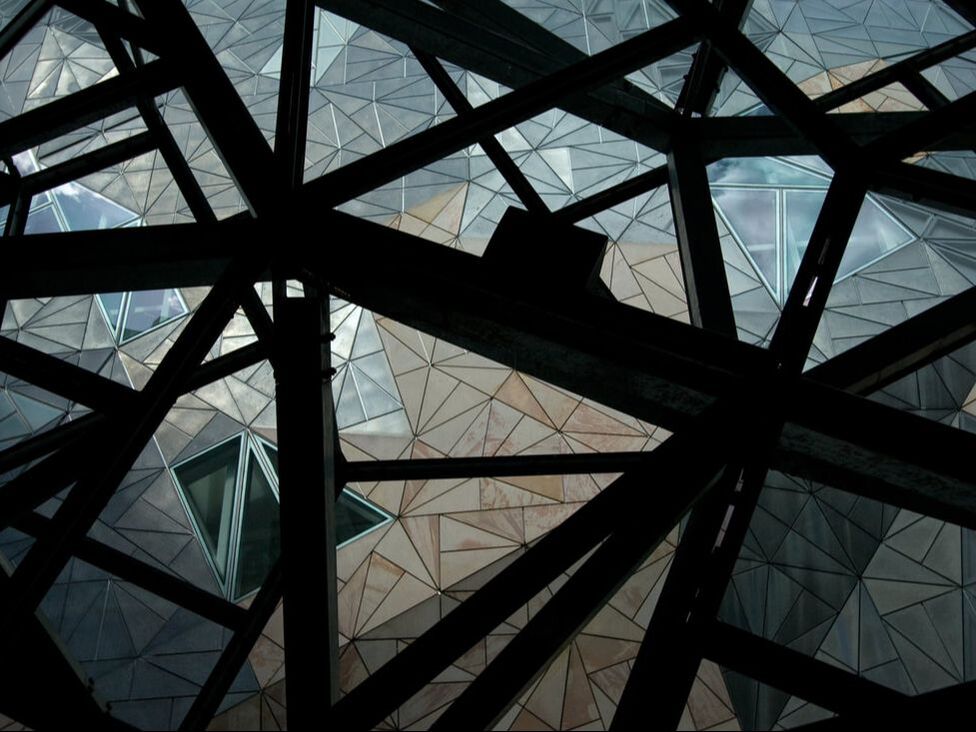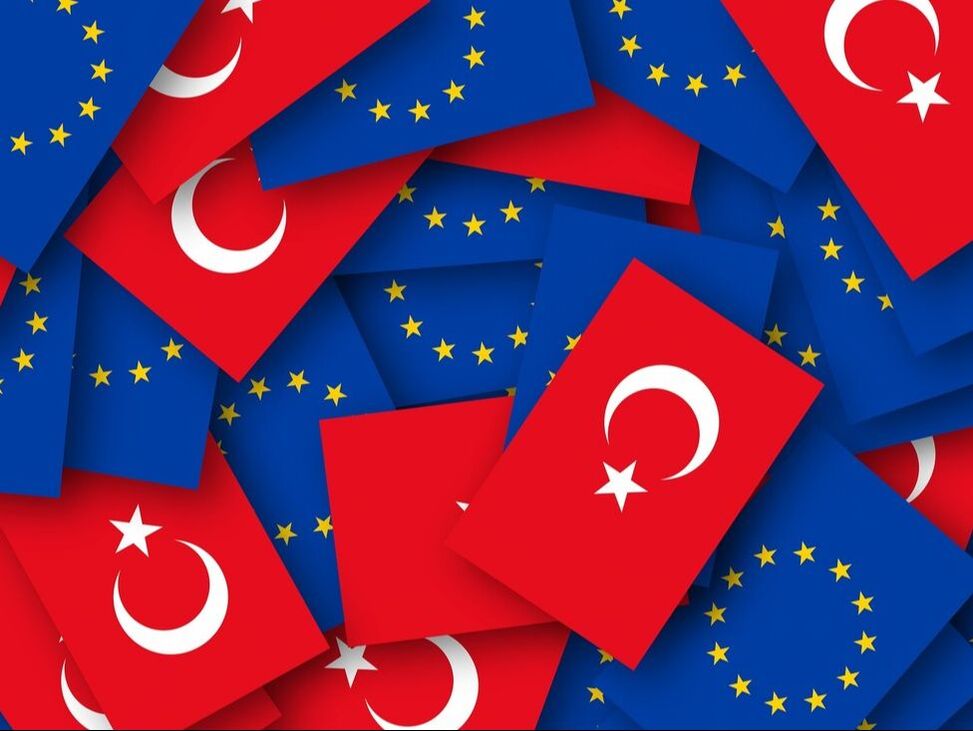|
|
|
Blog post by Fatima Rajina, De Montfort University, UK
When we think about Muslim clothing, often our immediate thoughts turn to Muslim women and their sartorial choices. Much of this has been framed via the media because of its incessant coverage, focusing on many European countries and their legislation monitoring Muslim women's clothing choices. This very discussion is in the press currently, as France has banned wearing the abaya in schools for young Muslim girls. It is precisely this framing that made me think about where Muslim men fit into this equation. How do Muslim men choose what they wear in public? What informs their decisions? As a result, in my Identities article, 'British Muslim men and clothes: the role of stigma and the political (re)configurations around sartorial choices', I diverted from the fixation on Muslim women and interrogated the political imagination and (re)configuration of dress practices among British Bangladeshi Muslim men. I selected three attires, the lungi, the funjabi and the thobe, because of what they represent for Bangladeshis. The lungi and funjabi, although associated with Bangladeshis, carry different meanings in the diaspora than in Bangladesh. I explore how these two garments are worn in the UK and how they (re)appear in public. In contrast, the thobe projects an Islamic universalism not afforded to the first two garbs and carries a different form of visibility. I focus on how British Bangladeshis of varying age groups interact with different forms of attire and what it means for their identity negotiation in the public sphere.
0 Comments
Gaza, Solidarity and the Right to Protest Blog Series, Guest Edited by Alana Lentin and colleagues
Blog post by Shereen Fernandez and Waqas Tufail Shereen Fernandez is an LSE Fellow in the Department of Sociology at the London School of Economics and Political Science. Waqas Tufail is a Reader in Criminology in the School of Social Sciences at Leeds Beckett University. The current wave of international solidarity with Palestine has faced significant backlash in Western nations primarily from politicians and media outlets, but also from within institutions. In the United States, for instance, there are countless reports of individuals being fired from their jobs for publicly expressing sentiments of solidarity with Palestinians and particularly those under siege in Gaza. On US college campuses, doxxing of students expressing sympathy towards Palestinians using billboards attached to trucks has been employed as a technique to publicly name and shame individuals. One purpose of such tactics is to inform future employers not to hire these students but more chillingly it is a strategy used to dissuade and silence others from taking such principled action. This silencing can often be violent, as demonstrated by the recent shooting of three Palestinian male students in Vermont, who were allegedly targeted for wearing keffiyehs. Where can Others turn? On (de)coloniality, messy refusals and alternatives to Eurocentric modernity19/7/2023
Blog post by Ali Kassem, National University of Singapore
Over the past years, decolonization has emerged as a key project, discourse, and buzzword across academic and public debates. Within this has been a growing recognition of the nature of Eurocentric hegemony, ongoing global connected coloniality and various pressing global crises. A growing movement to contest Eurocentric modernity and its narratives across scales: from anti-racism to ecological resistance has consequently grown and been increasingly hollowed, demonized and attacked. In researching forms of inequalities and racisms in Lebanon, focusing on the country’s Muslim communities, my research has identified a significant anti-Muslim racism pervading the lives of Lebanese Muslims. Deeply structured by and entangled with Eurocentric/modernity coloniality and articulated at the intersection of the (historical and contemporary) local and global, this anti-Muslim racism emerges as a key axis of coloniality’s assault, erasure and violence at the level of everyday lived experiences. Bringing to fore the presence and prevalence of anti-Muslim racism within the Arab-majority world, the eastern Mediterranean and Muslim communities themselves, my work has offered a series of contributions in rethinking the so-called Middle East, racism and Islamophobia studies, as well as the global workings of coloniality beyond the Atlantic.
Arab Americans have been categorised as White on official government forms for several decades, which grossly misrepresents this population. Advocacy groups unsuccessfully fought during both the Obama and Trump administrations to have the ethnicity category expanded in the 2020 Census. The ramifications of this community remaining uncounted include lack of funding for social, education, and health care services and less leverage in political issues. Along with negating the incredible diversity within this group, such categorisation excludes Arab Americans from affirmative action programmes.
The recognition of this ethnic group on government forms would allow for their inclusion in such programmes, which is crucial given the prominence of discrimination in the US. However, the irony lies in how mainstream society tends to change their view depending on current events. When there are no crises involving Arabs around the world, Arab Americans are seen as White. However, when a crisis does occur involving Arabs – as either transgressors or victims (i.e. 9/11, invasion of Iraq) – they will be gazed upon as ‘Other’ and enemies of America. The rise in hate crimes against Arab Americans – and anyone who fit into the public’s notions of what an Arab or Muslim looks like – following the terrorist attacks of 9/11 is a prime example of this phenomenon. Consequently, regardless of being labeled as White, Arab Americans have experienced discrimination similar to other racially visible minority groups. This begs the question: if they are recognised as White, then why are they treated as ‘Other’?
Du Bois’ work provides invaluable insights into the nature of reflexivity and self for the racialised 'other', which traditional, classic sociology has often overlooked. Whilst efforts to decolonise sociology continue, such as by including theorists such as Du Bois, there still has not been a sustained effort to dismantle and reconfigure an overwhelmingly white sociological canon still prevalent in European sociology (Meer 2019).
In his seminal work, The Souls of Black Folk (1903 [2007]), Du Bois centres discussion of belonging, identity and self-awareness for racialised minorities through concepts of the ‘Veil’ and ‘double consciousness’. Du Bois’ analogy of the Veil is that of a racial barrier which is made of material in the divided experiences and inequality between the white majority and African-American minorities in the USA. For Du Bois, the Veil’s semi-transparency lends itself to the duality experienced by the racialised ‘other’: a double consciousness or a ‘two-ness’ which incorporates a ‘sense of always looking at one’s self through the eyes of others’ (p.8). In my Identities article, 'Examining BSA Muslim women’s everyday experiences of veiling through concepts of ‘the veil’ and ‘double consciousness’, the focus is on a reflective aspect of living behind the V/veil and the effects of double consciousness on gendered and racialised bodies. Here the capitalisation of the Veil is used to denote Du Bois’ descriptions of a divided world, whilst the non-capitalised use of veil (along with discussion on veiling, veiled) refers to the wearing of the hijab or niqab, as well as ways women discuss veiling practices.
On April 15, 2013, two pressure-cooker bombs exploded at the finishing line of the Boston Marathon, killing five and injuring 264. In the absence of information about who the bombers were, Salon.com published liberal commentator David Sirota’s piece 'Let’s Hope the Boston Marathon Bomber is a White American'. Sirota argued that if the bombers turned out to be white, Muslims would be protected from an inevitable anti-Muslim backlash. A few days later, the bombers’ identities were revealed as brothers Tamerlan and Dzhokhar Tsarnaev, children of Chechen refugees who came to the United States when they were 16 and 8 years old, respectively. Interestingly, the brothers were phenotypically white and, as conservative commentators online were fond of saying, quite literally Caucasian (i.e. from the Caucuses). They were also, however, Muslims.
Sirota’s article provoked a firestorm across conservative media, and Sirota was accused of being race obsessed and blind to the threat of Jihadist terrorism. In our Identities article, '‘Let’s hope the Boston Marathon Bomber is a White American’: racialising Muslims and the politics of white identity', we analysed conservative responses to Sirota’s article, as well as the ensuing debate about whether the Tsarnaevs were, in fact, the white Americans Sirota had hoped for. 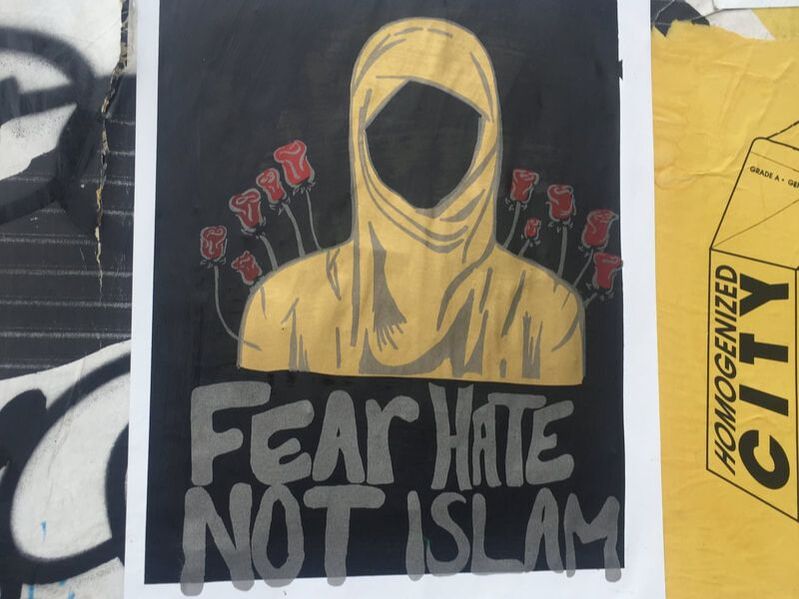 Photo credit: Jason Tester Guerrilla Futures. CC BY-ND 2.0. https://creativecommons.org/licenses/by-nd/2.0/. Photo credit: Jason Tester Guerrilla Futures. CC BY-ND 2.0. https://creativecommons.org/licenses/by-nd/2.0/.
The narratives presented in British public debates around terrorism have been long rooted in notions of increased presence of Islam in the public square as intuitively resulting in greater risk to the public. The most significant question this raises is who the ‘public’ refers to when discussing issues around securitisation. The recent horror of Christchurch represents something of an inverted scenario with the positioning, and following it we saw a series of Islamophobic attacks on mosques in Birmingham.
The connection between global and local events is significant because it explicitly requires us to engage in a process which, we argue in our Identities article, 'Securing whiteness?: Critical Race Theory (CRT) and the securitization of Muslims in education', is often absent. Our purpose in the article was to explore some of the ways in which Muslim communities are racialised and instrumentalised, rather than protected. Getting to grips with how Muslims have been located as stakeholders in national security in Britain is revealing. A large part of the Prevent counter-terror strategy relies on partnerships with Muslim communities. So in many senses British Muslims are the key stakeholder group in the securitisation process -- so how does it play out for them? How are their interests reflected in exchange for engaging in these partnerships with the state?
‘Turkey in means Britain out’: this was one of Nigel Farage’s rallying calls during the Brexit campaign, and these ideas were echoed by numerous others within politics and the media during the referendum. A topic which has long proved controversial among Europe’s elites, Turkish involvement in the European Union has seen renewed interest and opposition over recent years in the context of the so-called ‘migrant crisis’, the 2016 EU-Turkey statement, rising Euroscepticism and the mainstreaming of Islamophobia.
Much of the scholarship has suggested that hostility towards Turkey is associated with the construction of European identity. However, while this notion works for those supportive of the EU, the same cannot be said for those who explicitly reject Europe. How and why, therefore, do openly Eurosceptic parties fervently defend the idea of ‘Europeanness’ in order to reject Turkish involvement in the EU? My Identities article, 'When Eurosceptics become Europhiles: far-right opposition to Turkish involvement in the European Union', explores this question by analysing articles from the official party websites of the United Kingdom Independence Party (UKIP) and the Front National/Rassemblement National (FN/RN) over a five-year period (2013-18). Drawing on theories of Islamophobia and Orientalism, the findings highlight that the construction of Turkey as a dangerous other does not constitute a new phenomenon linked to EU integration, but instead forms part of a longer tradition of racism towards ‘the Orient’. |
|
Explore Identities at tandfonline.com/GIDE |
|
The views and opinions expressed on The Identities Blog are solely those of the original blog post authors, and not of the journal, Taylor & Francis Group or the University of Glasgow.
